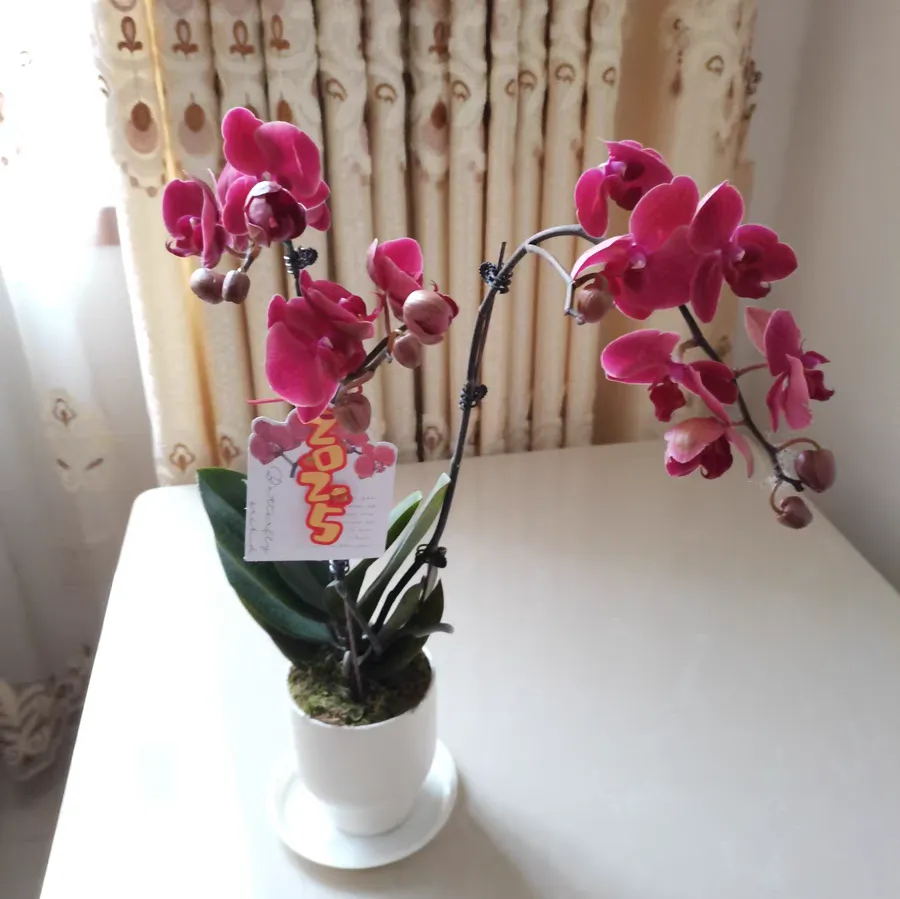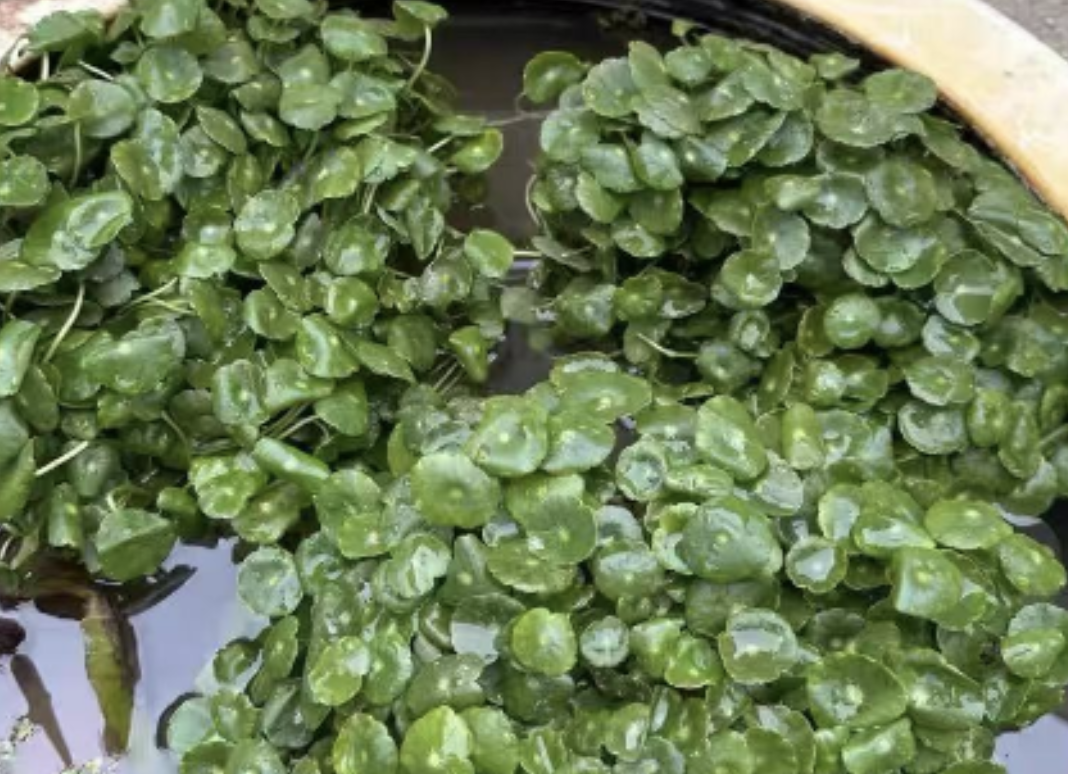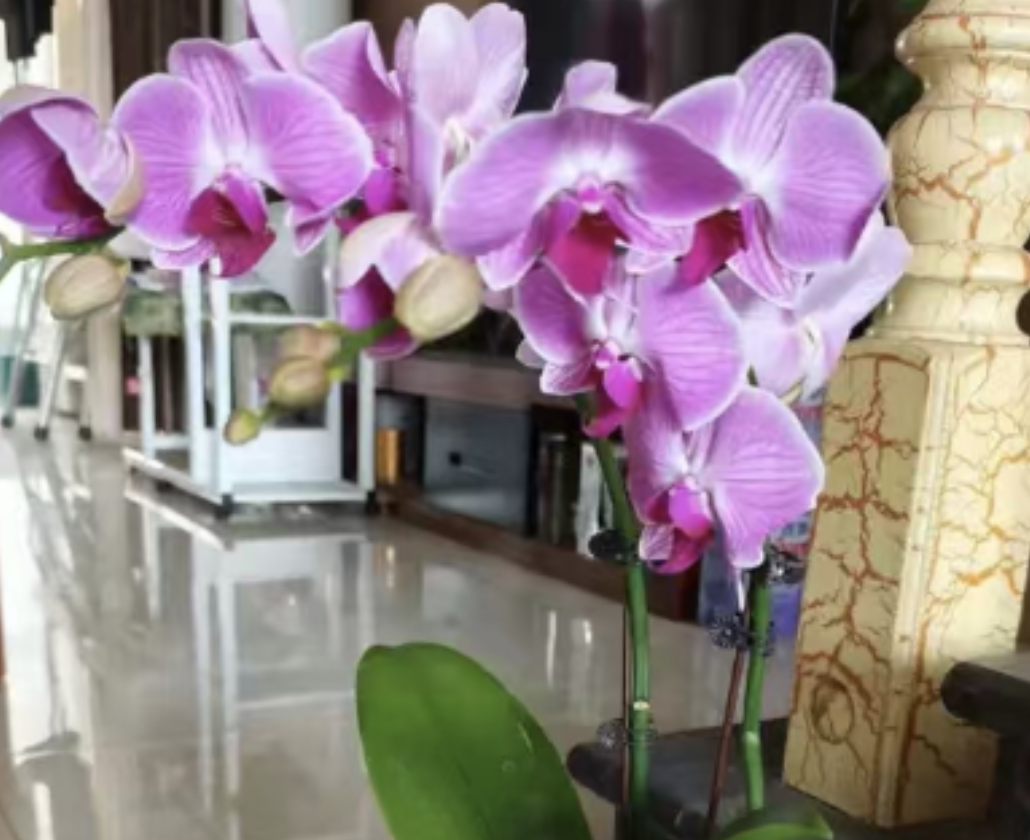For novice Phalaenopsis growers, the process from flask seedlings to blooming is always full of challenges. Today, I'd like to share the core management points for Phalaenopsis after seedlings emerge. Mastering these skills will help your Phalaenopsis develop robust roots and bloom profusely.
### 1. Management in the Early Stage After Taking Out of the Flask
Phalaenopsis seedlings just taken out of the flask are extremely fragile, and the management at this stage directly affects their subsequent growth. Never wash the flask seedlings with water! Plant them directly in sphagnum moss. Washing with water will make the delicate rhizomes come into contact with excessive moisture, greatly increasing the risk of rot.
As for the first watering, don't rush! The best time to water is when the roots turn white and the sphagnum moss is dry. You can water with 11% fluopyram • fludioxonil • metalaxyl-M suspension diluted 2000 times. This not only replenishes water but also effectively prevents root rot. If you don't have the pesticide, plain water is also acceptable, but make sure to water thoroughly. After that, wait until the sphagnum moss dries out before watering again.
### 2. Water and Fertilizer Management
- **Initial fertilization**: For the first two fertilizations, high-phosphorus fertilizer is the first choice, such as a fertilizer with a ratio of 9-45-15, diluted 3000 times. High phosphorus can strongly stimulate the germination of new roots, creating a "strong root system" for the subsequent growth of Phalaenopsis. The fertilization frequency is about once every 10-15 days, allowing the young seedlings to gradually adapt to the "extra meal" of fertilizer.
- **Subsequent rotation**: When the roots are well-developed, start alternating the use of balanced fertilizer (20-20-20) and liquid calcium-magnesium fertilizer, also diluted 3000 times. The balanced fertilizer ensures a comprehensive supply of nitrogen, phosphorus, and potassium, while the calcium-magnesium fertilizer makes the plant stronger and enhances its stress resistance. Remember the principle of "three fertilizer applications followed by one clear water irrigation": after every three applications of fertilizer solution, water once with plain water to prevent fertilizer damage and help Phalaenopsis absorb nutrients better.
- **Supplementary addition**: To make Phalaenopsis grow more vigorously, you can add seaweed extract or fulvic acid bacterial agents when fertilizing. This greatly enhances the plant's ability to absorb nutrients, making the leaves of Phalaenopsis shiny and the flower spikes more upright.
### 3. Environmental Control
- **Light**: Phalaenopsis likes scattered light and is most afraid of intense sunlight! Placing it by a well-ventilated window is a good choice. Drawing a gauze curtain can filter out strong direct light while ensuring sufficient light. Insufficient light will cause the plant to grow leggy and bloom less; too strong light will burn the leaves, so it's important to grasp the "degree".
- **Temperature and humidity**: Phalaenopsis loves an environment with a temperature of 15-30℃ and a humidity of 70%-85%. Friends in the north should remember to spray water around it or place a humidifier in dry seasons to create a moist microenvironment. In the rainy season in the south, pay attention to ventilation to avoid excessive humidity causing diseases.
In short, by properly controlling water, light, fertilization, and environmental management, the process of Phalaenopsis from seedling to blooming will no longer be a problem.
Precautions for the management of Phalaenopsis after seedlings emerge

Share with
Tagged in :




Leave a Reply